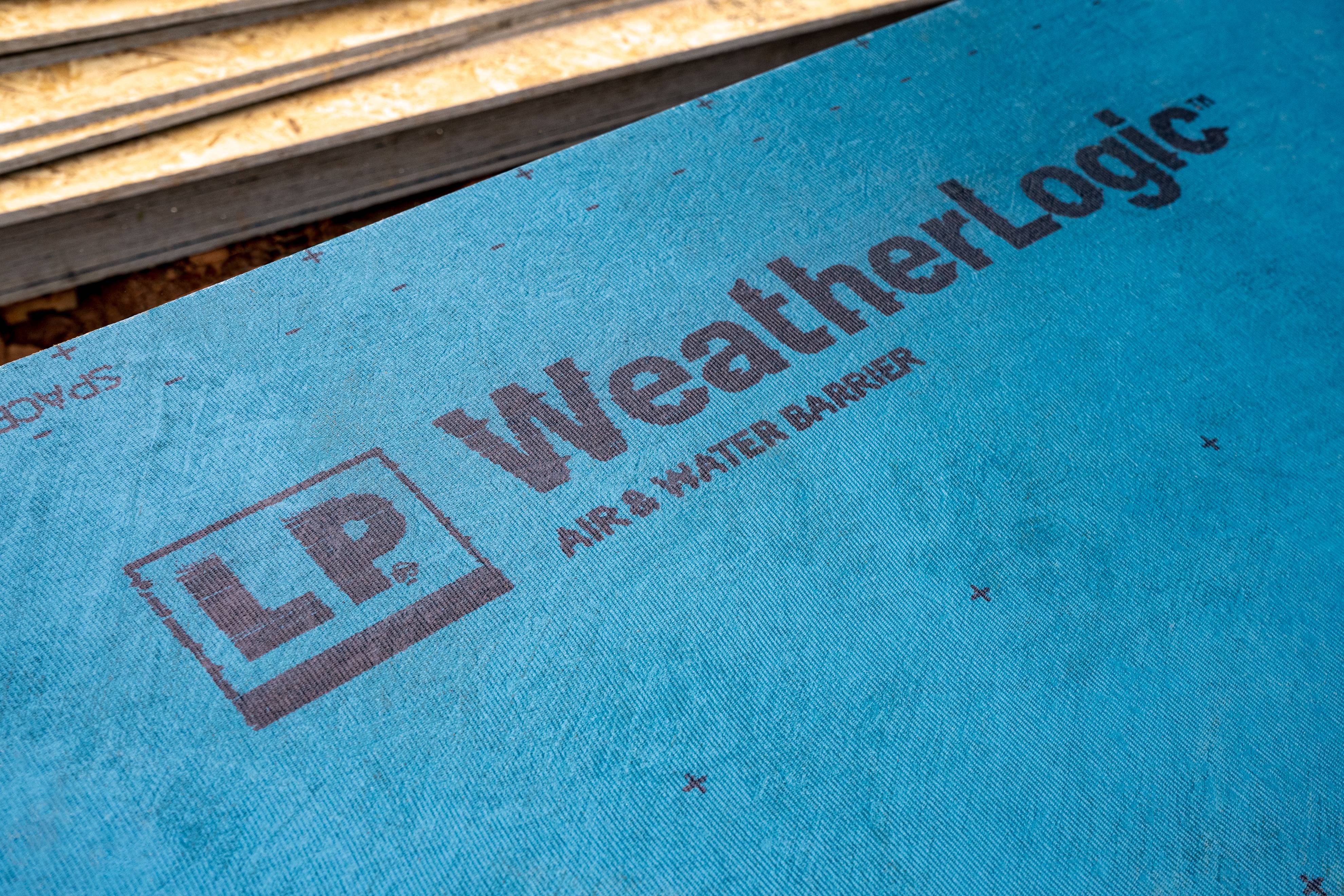News & Stories3 min
Sustainable Construction with LP Building Solutions
As homeowners become increasingly dedicated to sustainable solutions for their homes, building professionals must also respond by improving environmental sustainability in construction. The benefits of building with the environment in mind are endless-and when sustainable products are built for durability and strength as well, it's an all-around win.
LP Building Solutions works to promote sustainability in the construction industry through product improvements, forestry management and more. Let's take a look at the sustainability trend in detail and see how the LP Structural Solutions portfolio responds to it.
Why Is Environmental Sustainability Important in Construction?
First, sustainability is important in the construction industry because our Earth has finite resources and there is an ever-growing demand for those resources, so it's our responsibility to use them as efficiently as possible. Building sustainably is also a way to care for local communities, as it minimizes the impact on the area during a build.
Ultimately, sustainable construction helps offset the impact builders have on the environment when they use its resources. That's why LP believes one of its primary opportunities lies in ensuring that the resources they use meet the needs of today's generation without compromising the needs of the next.
Environmental Sustainability Practices in the Construction Industry
Sustainable construction techniques continue to grow as the need for sustainable building becomes more widespread. Here are a few of the ways LP tackles sustainability in its policies and its product portfolio:
Company-wide sustainability policy: This document outlines LP's commitment to sustainable practices and serves as a guidepost for all decision-making related to environmental stewardship.
Sustainable sourcing: The sustainability of timber in construction is a major concern, and LP partners with the Sustainable Forestry Initiative® (SFI®) to ensure it sources materials from well-managed forests in line with SFI standards.
Efficient materials: One way to build sustainably is to reduce waste. The entire LP Structural Solutions portfolio is engineered to promote building efficiency, from easy installation methods to common sizes that allow builders to plan ahead and make fewer cuts.
Multipurpose materials: Many products in the LP Structural Solutions portfolio serve multiple purposes in a build. For example, LP WeatherLogic® Air & Water Barrier serves both as sheathing and as a water-resistive barrier, eliminating the need for an additional (often plastic) WRB. The same is true for LP® TechShield® Radiant Barrier and LP® FlameBlock® Fire-Rated Sheathing: both products combine OSB sheathing with an additional purpose, such as a radiant barrier or fire resistance, respectively.

How to Promote Sustainability in Construction
There are many ways to reduce environmental impact in construction at every step of the build process, from product selection to the work on the jobsite itself. Check out how you can participate in environmental sustainability practices in the construction industry:
Ensure you're sourcing sustainable products. Before you begin a build, prioritize green construction. Research the companies you partner with to make sure they value sustainability and work to reduce their environmental impact with their products.
Reduce waste on the jobsite. Plan ahead and work to make fewer cuts. Use as much of the product as possible and dispose of any waste properly in a way that will not impact the surrounding area.
Consider a product portfolio. The LP Structural Solutions portfolio of products is designed to be efficient, as all the products work together. Not only do they create a holistic way to bring durability and consistency to your build, they also offer similar installation procedures and processes that allow you to build with efficiency.
Familiarize yourself with green building certifications. The Leadership in Energy and Environmental Design (LEED) certification and WELL Building Standards® can help bring you up to speed on trends and practices that lead to sustainable building.
View sustainability with a broad lens. So often we think of green building as involving mostly the sustainability of timber in construction. However, there are many more ways to build sustainably. For example, when you install a radiant barrier like LP TechShield sheathing, you are helping to reduce energy consumption in the long term (in addition to building with a product sourced wisely from well-managed forests).
Check out our portfolio of Structural Solutions products for more information on how our sustainable building solutions will Defend Your Build® for years to come.
Continue Reading
Resiliency Solutions
5 minIntroducing LP® SmartSide® ExpertFinish® Naturals Collection™: Nature-Inspired Beauty Meets Engineered Performance
We're excited to introduce the LP® SmartSide® ExpertFinish® Naturals Collection™, a bold new addition to our trusted line of engineered wood siding and trim that delivers the warmth and beauty of nature with the advanced protection and performance builders and homeowners expect.
Labor Solutions
5 minChoosing the Right LP® Structural Solutions Product for Your Build
When it comes to building strong, reliable, and high-performing structures, the materials you choose matter. At LP Building Solutions, we understand that every project, whether it's a single-family home or a multifamily development, requires structural components that meet your needs for strength, durability, and efficiency.
Sustainability Solutions
5 minBuilding a More Sustainable Future with LP Building Solutions
In today's world, sustainability is no longer just a buzzword, it's a blueprint for responsible living and smarter building. As the construction industry seeks ways to reduce its environmental footprint, LP Building Solutions is focused on providing innovative building materials for eco-conscious builders to help reshape what it means to build sustainably
News & Stories3 min
History of Partnership with Gary Sinise Foundation
The LP Foundation is a proud partner of the Gary Sinise Foundation, which supports wounded veterans in several ways. You can learn more about the LP Foundation here.